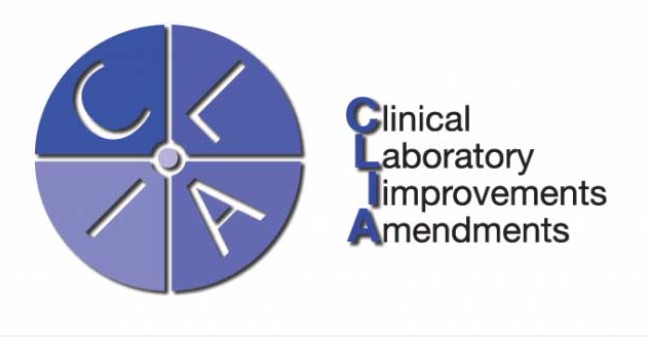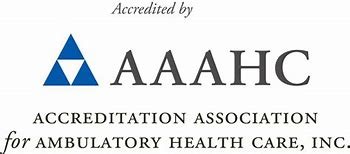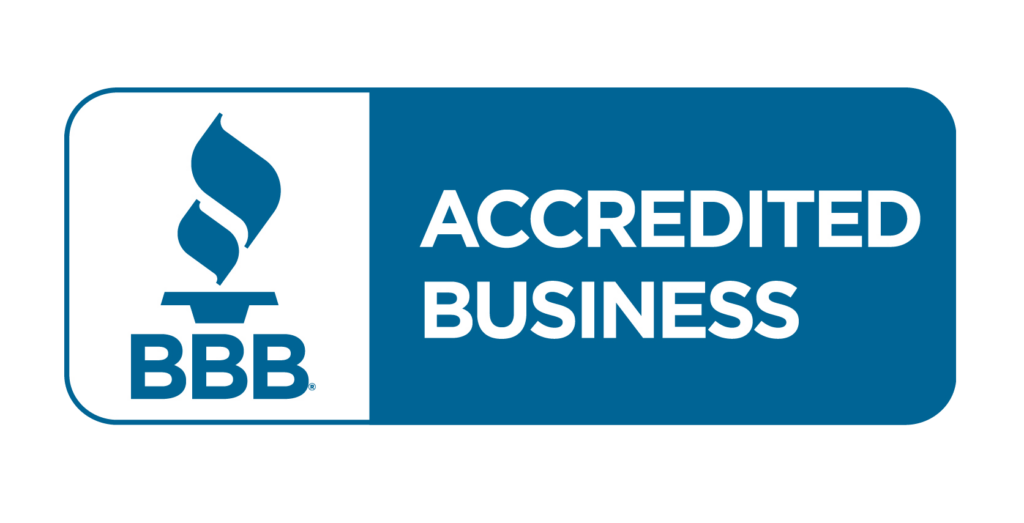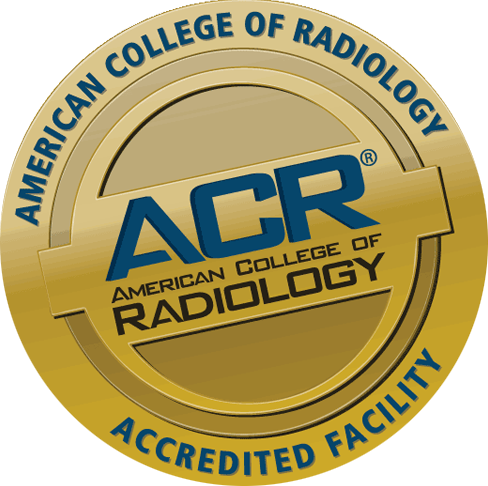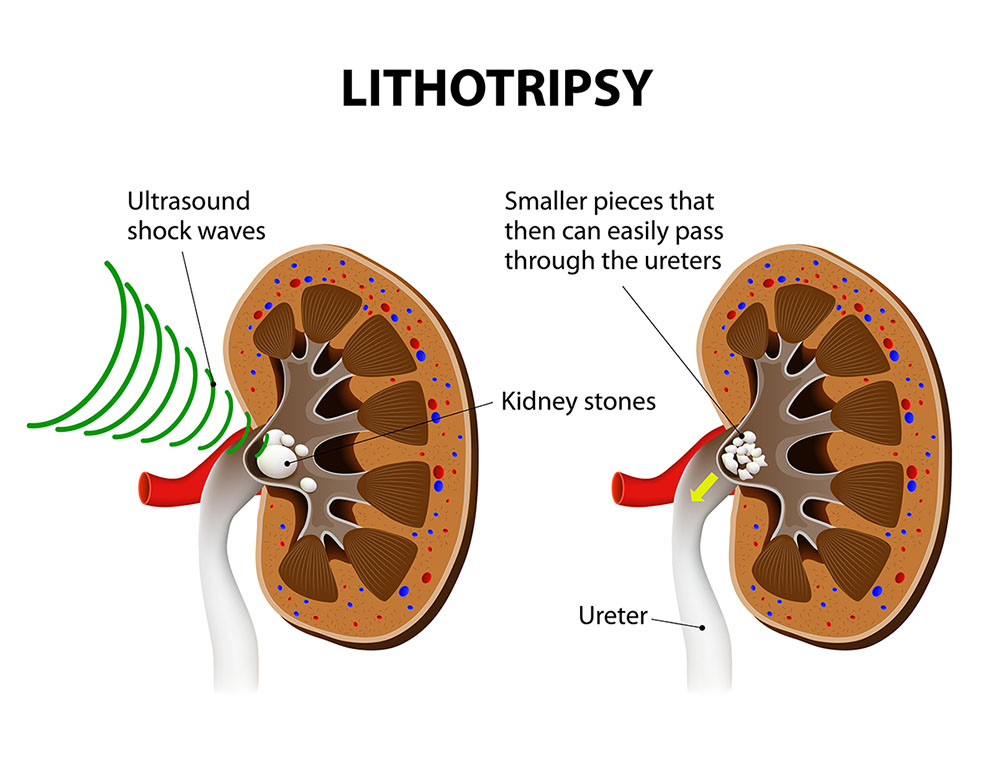
Kidney stones are solid, crystal-like deposits that form within the kidney. These stones can vary in size, from tiny grains to larger, more noticeable formations. They are typically made up of minerals and salts that are normally found in urine. When these substances become concentrated in the urine, they can crystallize and form stones over time. They are a common problem afflicting approximately 10% of the U.S. population. Virginia is part of the “stone belt” which encompasses the southeast making stones more common in our state.
Causes
The most common cause for kidney stones is dehydration. Dietary factors, metabolic disorders, urinary tract infection and anatomic abnormalities can have an influence as well.
Symptoms
Kidney stones cause pain when they begin to obstruct the outflow of urine from the kidney. Non-obstructing (remaining in the kidney) stones usually do not cause pain however they can cause a dull ache located over the affected kidney. Often non-obstructing stones can lead to blood in the urine. Kidney stone pain is most severe when the stones move into the ureter or tube connecting the kidney to the bladder. Kidney stone pain usually begins in the flank and then can radiate around to the abdomen and groin. The pain usually comes in waves: rising and subsiding. Obstructing stones in conjunction with a urinary tract infection are medical emergencies and can present with high fever, chills, body aches as well flank pain.
Diagnosis
Symptom history and description are important, but x-ray, ultrasound and CT scan are the best methods for diagnosing kidney stones. X-ray is the quickest, but CT scan is the most definitive. Findings of blood in the urine or under microscopic exam of the urine can be suggestive of stones but can also be present with other conditions.
Treatment
The approach to treating kidney stones depends on factors such as the stone’s size, location, and the level of pain it’s causing. Common treatment options include:
- Pain Management: Over-the-counter pain relievers can help alleviate the discomfort caused by kidney stones.
- Fluid Intake: Drinking plenty of water can help flush out smaller stones, preventing further growth and facilitating their passage.
- Medical Therapy: Some medications can aid in breaking down or preventing the formation of certain types of kidney stones.
- Lithotripsy: This non-invasive procedure uses shock waves to break large stones into smaller pieces, making them easier to pass.
- Surgery: In cases of large or particularly stubborn stones, surgical removal may be necessary.
A variety of options are available for treatment of kidney stones and the method used depends on the stone location and size. The majority are minimally invasive or endoscopic and can be performed on an outpatient basis.
Preventing Kidney Stones
Prevention plays a crucial role in avoiding the recurrence of kidney stones:
- Stay Hydrated: Drinking an adequate amount of water each day helps dilute urine and prevent the concentration of stone-forming minerals.
- Balanced Diet: Consume a diet rich in fruits, vegetables, and whole grains while moderating salt and protein intake.
- Limit Oxalate-Rich Foods: Reduce consumption of foods high in oxalates to lower the risk of certain types of stones.
- Monitor Calcium Intake: Maintain a balanced intake of calcium from dietary sources or supplements.
- Medical Advice: If you have a history of kidney stones or related conditions, consult a healthcare professional for personalized prevention strategies.









